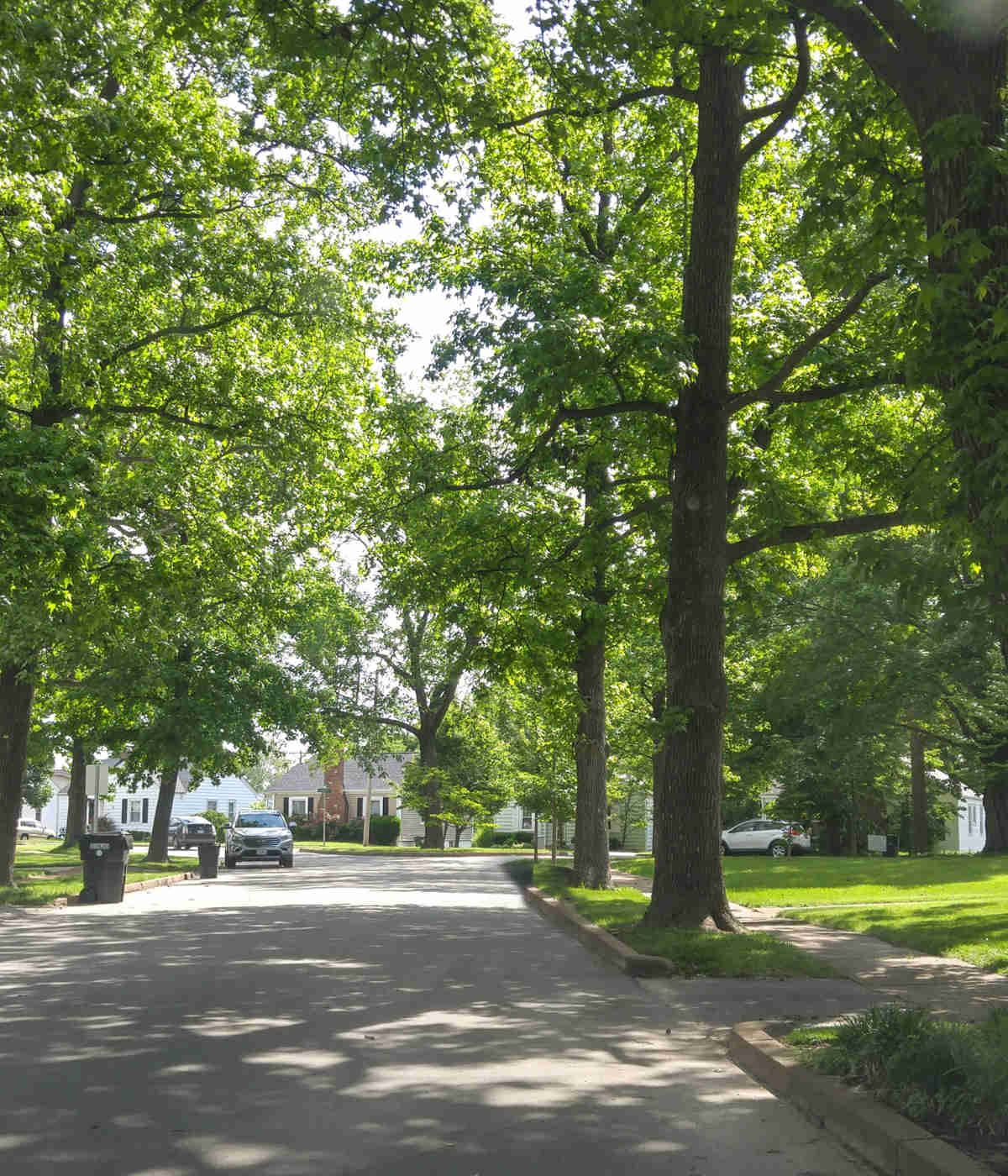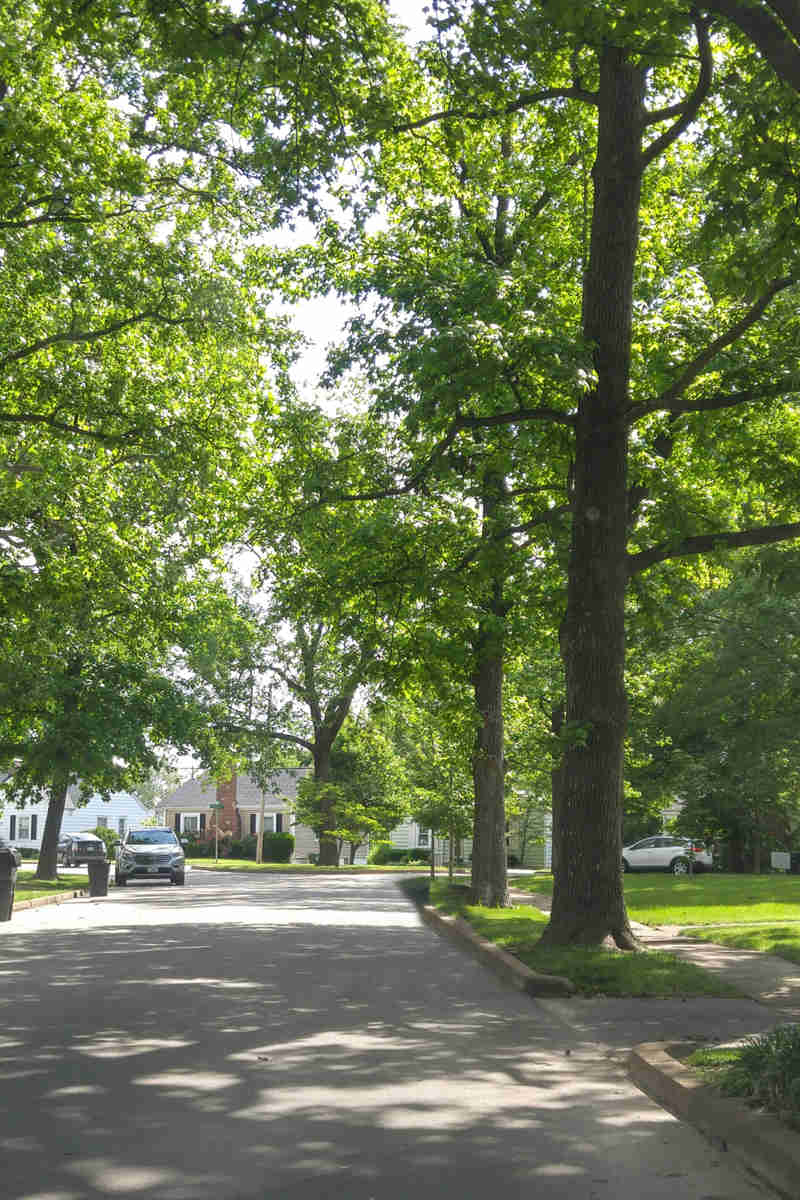Trees thrive in their natural, wooded environment without fertilizers because the soils are rich with organic materials from the forest. But in our backyards, trees compete with our new landscapes and other plants for nutrients, and we often remove fallen leaves, organic matter, and other potential sources of nutrients that would naturally help them flourish.
Tree fertilizer is a great way to replace those nutrients throughout the year. Figuring out what is the best fertilizer for trees, the best time to fertilize trees in Massachusetts, and how to fertilize trees can help ensure your trees are receiving the right nutrients at the right time.
Why Should I Fertilize My Tree?
Fertilizers help trees stay healthy by providing essential nutrients. These nutrients support tree growth and contribute to their overall health and vitality. A fertilization program may also help increase a tree’s resistance to injury from pests and diseases and stimulate growth.
A soil test can help determine if your trees need the additional nutrients that tree fertilizer provides.
Symptoms Your Tree Needs Fertilizing
It’s a good idea to fertilize young trees to make sure they grow adequately to maturity. But if you’re wondering whether your mature tree needs to be fertilized, here are some tells:
- Small leaves – If leaves seem smaller each year, that is a symptom that your soil may be nutrient-deficient.
- Yellow leaves – If your tree’s leaves are yellowing in the spring and summer (especially with green veins), it may need a boost with fertilizer.
- Growing pains – Check if your tree’s branches become thicker and expand each year. If you notice that your tree is struggling to grow, consider using fertilizer.
What Is The Difference Between Slow-Release Fertilizer & Fast-Release Fertilizer
As the names suggest, slow-release and fast-release fertilizers are differentiated by how quickly they release nutrients into the soil. While slow-release fertilizers release small, steady amounts of nutrients into your soil over time, fast-release fertilizers dissolve quickly into the soil.
Some fertilizers also include micronutrients that trees need in small amounts, such as iron and manganese. Each type of tree fertilizer has its purpose. Figuring out what is the best fertilizer for trees depends on your tree’s needs.
How Long Does It Take For A Slow-Release Fertilizer To Work?
Slow-release fertilizers release nutrients over time based on soil temperature, moisture, and conditions. A wide range of slow-release fertilizers is available. Ask your local certified arborist for guidance on which fertilizer is right for your trees.
A professional certified arborist will conduct a soil test to specify which nutrients your trees need. Hartney Greymont’s certified arborists prefer using Arbor Green PRO as a slow-release fertilizer without microplastics.
Spring Tree Fertilization
The best time to fertilize trees in spring in Massachusetts is in late April or early May once the ground has defrosted and the tree can start absorbing nutrients as the growing season begins.
Spring fertilization helps trees develop strong root systems, leaves, and flowers, and replenish nutrients lost during the fall and winter.
Fall Tree Fertilization
In the fall, the best time to fertilize trees in Massachusetts is between late August and early September, when trees’ root absorption is most active.
Fall fertilization helps trees store nutrients for the winter, allowing them to become more hardy and survive harsh cold weather.
At Hartney Greymont, we have local arborists in Needham, Concord, Danvers, Cape Cod, and the surrounding areas who can help determine your tree fertilization needs.
Need Help With Your Newly Planted Trees And Shrubs? See How We Can Help!



